Jun 26, 2025
Author:Jackson Watson
Cat nutrition may seem intimidating to many owners. Among the most frequent ones is: Do cats need wet food? It is often accompanied by other similar questions, such as: Is wet food good for cats, or only under certain circumstances? And what are the drawbacks of wet cat food, then? Is wet food bad for cats?
Dry food can sustain cats, but wet food can offer other advantages, such as hydration and a more natural balance of nutrients. The advantages and disadvantages of wet food, such as 'Do older cats need wet food?', 'Do cats need wet food and dry food?' and other questions are explained in this article.
The practical questions, such as 'how often should I feed my cat wet food?', will also be answered so that you can make an informed decision and choose what is best regarding the health and lifestyle of your cat.

One of the most convincing arguments for giving cats wet food stems from a cat's physiology. Domestic cats have a naturally lower thirst drive than dogs or people. Cats do not always drink sufficient water instinctively, which is especially important if it is accustomed only to dry kibble food because dry kibble food has roughly 10% moisture content.
This is why the question, 'Is wet food good for cats?' receives a major 'yes' from the standpoint of hydration. Canned or pouched wet food has a moisture content of between 70% and 80% and closely replicates the natural prey diet.
Adequate hydration is very important for:
It is definitely essential in male cats since the extra water will dilute the urine in the bladder temporarily, lowering the level of minerals, which may result in crystals and obstruction.
It is partly due to a narrower urethra that male cats may be at risk of potentially life-threatening urinary obstructions. So, as we consider the questions, do male cats need wet food? Hydration is an important consideration.
Water consumption also helps the kidneys in getting rid of other body toxins. CKD is exceptionally common in older cats and, therefore, keeping them as hydrated as possible over their life span will have some rewarding effects on supporting their kidneys.
Water plays a significant role in almost every bodily process, namely, the digestion of food, the absorption of minerals, and temperature control.
On wet food, most vets encourage its consumption in order to give a cat more water intake. However, it is also the quality of a water source that is key, and cats love flowing fresh water the most.
For this reason, the Stainless Steel Cat Water Fountain from WOPet can help encourage hydration for your cat.
Besides hydration, wet food will also frequently have a palatability advantage. The smell and wet food structure can be more appealing to many cats (especially cats that have a poor sense of smell or cats that are finicky).
This is something to consider if older cats really need wet food and are having difficulty maintaining their appetite and caloric intake.
Foods of high quality typically have the following features:
Cats have an obligate carnivore physiology and can utilize animal-based protein for various bodily functions, including muscle development and replenishment. Many absolute wet foods provide a higher protein percent on a dry matter basis than some dry foods.
Carbohydrates are not essential to cats; hence, it is not a major cat nutrient. Some dry foods may be more dependent upon carbohydrates as a binder or source of energy.
In case a cat has problems with obesity or a certain diagnosis, such as diabetes or low-carbohydrate, wet food can be introduced as a positive change into the diet.
Total calorie density is typically inherently lower in wet food due to the increased moisture content, meaning that cats typically have more food to consume at a certain calorie intake, which is beneficial to weight loss or weight preservation.
WOpet offers automatic pet feeders that help you portion out either wet or dry food to control your pet's intake.
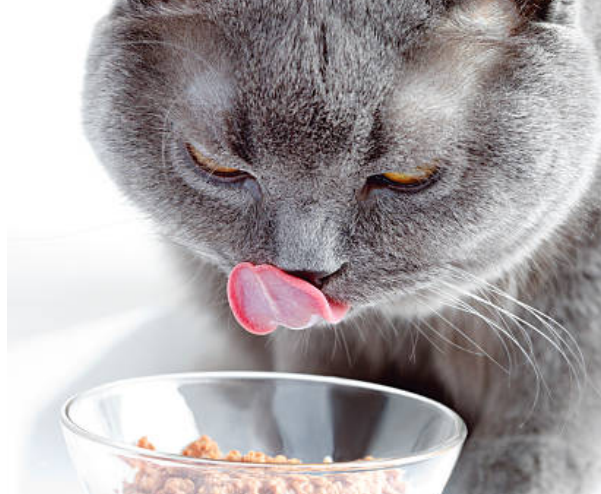
As huge as the advantages are, it is prudent not to overlook the possibility of setbacks or things to watch out for. So, is wet food bad for cats? Attention should be paid to the following aspects:
1. Cost: The cost of a wet food-only diet is higher in terms of cost per calorie, as compared to a dry diet.
2. Shelf life and spoilage: Wet food cannot just be left out as long as dry kibble. Wet food should be stored in the refrigerator, and there should be an expiration date (usually 24-48 hours; refer to the label).
3. Dental Health: Dry food provides fewer dental advantages, and wet food does not lead to dental complications, except in cases where oral care is not provided, including brushing or veterinarian checkups. Eating will not clean teeth.
4. Messiness: Some cats are downright messy when it comes to eating, and sometimes wet food can prove even messier to clean up around the food bowl. Using an easy-to-clean WOpet Stainless Steel Cat Bowl can help with this.
5. Convenience: Obviously, it is easier to store and serve dry food.
These disadvantages of wet cat food are legitimate reasons to consider by an owner, but it does not definitely make wet food a bad choice; it just needs to be managed differently.
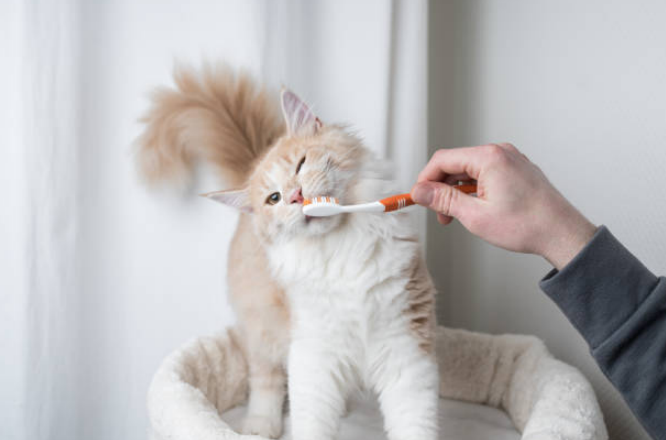
A combination of both wet and dry food is the happy medium to be used by the cat owners. This option answers the question, 'Do cats need wet food as well as dry?' by providing both of them rather than choosing between them. You can provide:
● Wet food for hydration and palatability.
● Convenient, cost-effective, and possibly free-choice dry food can be used as a snack (provided it is suitable for the weight and well-being of your cat).
This is a highly individualized question. How often do cats need wet food depends on several factors:
● Your cat's likes and needs: Some cats can be quite healthy on a diet of mostly wet food, and others can live on a variety and still be healthy.
● Your financial situation: Remember, wet food can be more expensive!
● Your lifestyle: How often are you home to serve fresh, wet food?
If you're incorporating wet food:
● Daily: Many experts would argue that if 'Do cats need wet food everyday?' is the question, the answer for optimal hydration is often 'yes, if possible.' A daily small amount of wet food helps increase the amount of water very significantly.
● Several times a week: Wet food can be offered 2-3 times a week in case you cannot afford to provide such food daily.
When used as a treat or a sprinkling on top of their kibble, the moderation enhances the fun, perhaps a bit more water.
Perhaps, in the end, it is simply a matter of consistency, and once again, calorie and nutritional requirements should be met. The AAHA Veterinary Nutritional Assessment says to consult with an accredited veterinarian to establish the amounts and frequency of feeding.
Not all wet food is created equal. In choosing what to get, you should pay attention to the label:
1. Named Meat Source First: When analyzed, a named meat source, e.g., chicken, turkey, tuna, or salmon, should be the first ingredient. You do not want to see a more generic source appear first (not that meat by-products in themselves are bad).
2. AAFCO Statement: Ensure your food has an AAFCO statement that is suitable for your cat's life stage (kitten, adult maintenance, or all life stages).
3. No More Than Trace Amounts of Fillers: While it is acceptable to have trace amounts of grains or vegetables, a cat should never have predominantly one of the above.
4. Complete and Balanced: Complete and balanced refers to the fact that the food contains all of the nutrients and doesn’t require supplementing.
If you decide to introduce or increase wet food, do it gradually over 7-10 days to avoid digestive upset. Mix a small amount of the new wet food with their current food, gradually increasing the proportion of wet food while decreasing the old.
For particularly picky eaters, warming the wet food slightly (to body temperature, not hot) can enhance its aroma. Engaging your cat with a fun WOpet Automatic Cat Feeder For Wet Food 48-Hour Timer Cat Bowl while mealtime can also sometimes stimulate appetite.
Do cats need wet food, then? Though it might be sufficient to feed high-quality dry food and provide a lot of fresh water, wet food has several essential advantages, particularly related to hydration, which is more in line with the natural requirements of a cat. It can also promote the prevention of common health problems.
In the end, the optimal option will be chosen regarding the health condition of your cat, its age, and its lifestyle. Your vet will be able to steer you in the direction of the balance.
It can be all wet food, a combination of both, or mostly dry with some wet meals on the side, but the aim is to provide a balanced diet that will help your cat live long and stay healthy.
Label:
Popular Post
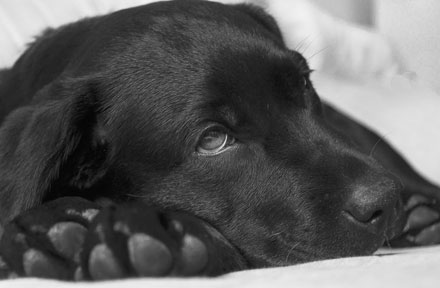
What to Feed a Sick Dog With No Appetite? [2025 Guide]
May 16, 2023
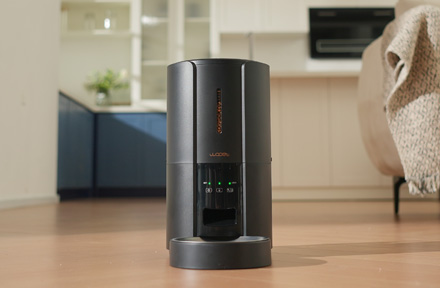
Troubleshooting Common Issues with Automatic Pet Feeders: Tips & Tricks for Pet Owners
Oct 26, 2023
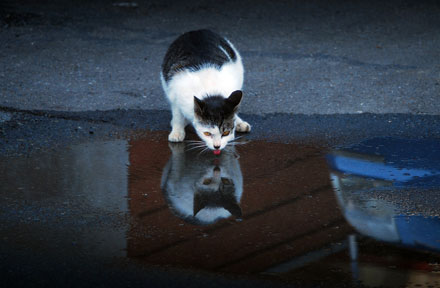
Why Does My Cat Cough After Drinking Water? 8 Potential Reasons
Mar 13, 2023
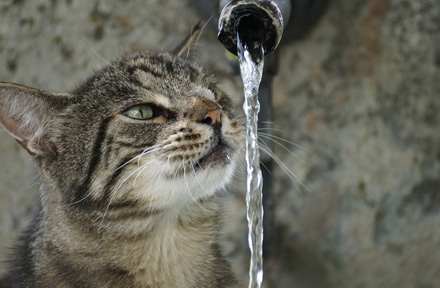
Why is My Cat Throwing up Water? Top 5 Causes Here
Feb 08, 2023
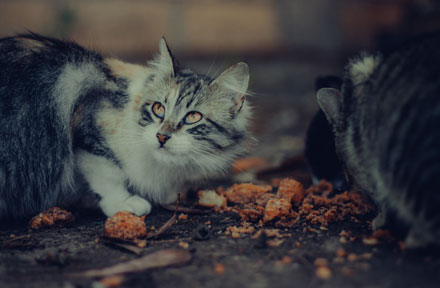
My Cat Only Eats A Little at A Time - What to Do?
Feb 27, 2023
$99.99
$129.99
Copyright © 2025 WOPET. All Rights Reserved.